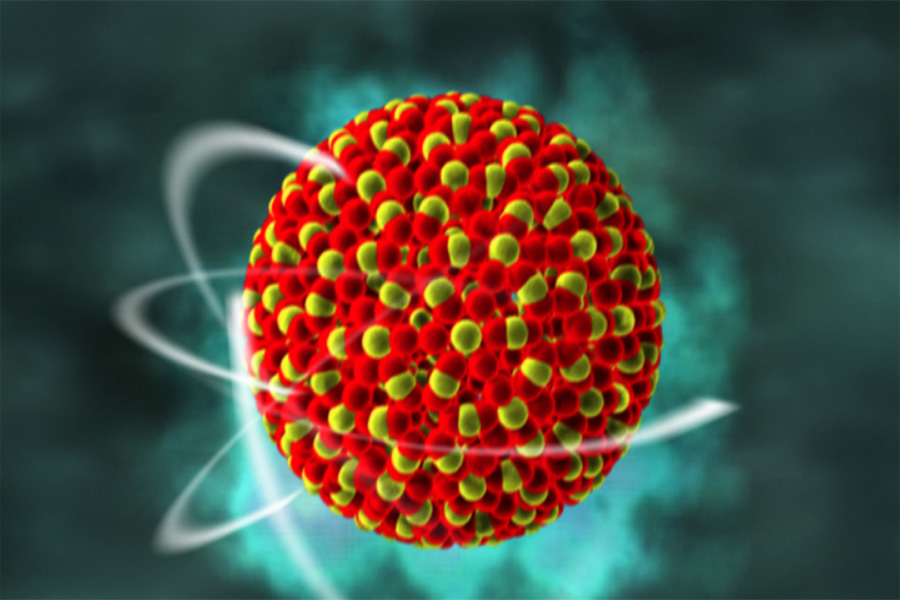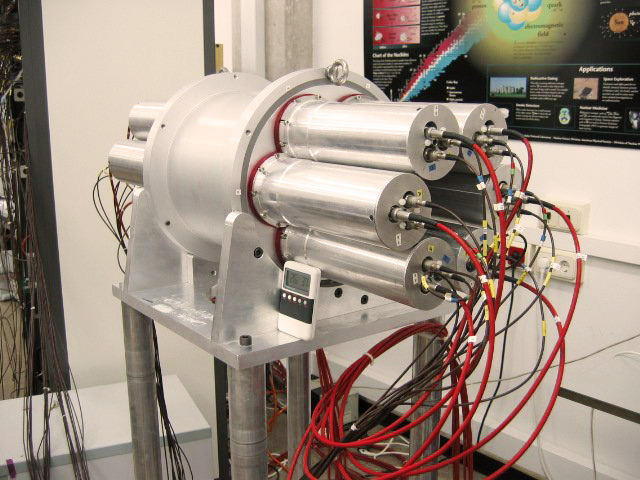AMA is an ERC proof-of-concept spin-off project from the ERC-CoG HYMNS. Medical imaging technologies are constantly evolving, offering new ways to improve cancer treatment and surgery. One promising innovation is i-TED, a highly sensitive gamma-ray imaging technology originally developed for nuclear astrophysics experiments at CERN. One of its key advantages is its ability to filter out background noise, making it a strong candidate for medical applications. The ERC-funded AMA project will explore how i-TED can be employed to improve two areas of healthcare: guiding surgeons during cancer-related procedures and monitoring radiation doses in emerging cancer treatments based on neutron capture. Researchers will conduct proof-of-concept studies to demonstrate the potential benefits of the technology and evaluate its readiness for clinical use.
Objective
i-TED is a gamma-ray imaging system that was fully developed and successfully applied for nuclear astrophysics experiments at CERN n_TOF in the previous HYMNS ERC CoG. i-TED was designed for highest possible detection sensitivity, and it is also characterized by its modularity, portability and low sensitivity to neutron-induced backgrounds. These characteristics make the developed system potentially very attractive for several emerging applications in health and life science. Indeed, Compton imagers are expected to provide a breakthough innovation potential in the fields of i) ion-range monitoring in hadron therapy, ii) intraoperative Radio-Guided Surgery (RGS), iii) dose-monitoring in boron-neutron capture therapy (BNCT), and iv) theranostics (radioisotopes that serve for both therapy and diagnostics). Thus, the aim of this POC proposal is to perform first proof-of-concept measurements with readily available i-TED Compton cameras for demonstrating their applicability and advantages in two of these fields: (ii) intraoperative RGS and (iii) neutron dose assessment in BNCT. We also aim at addressing the corresponding technical-readiness levels (TRLs) for each application, which seems the most convenient approach for an efficient transfer of the developed technology towards society.




